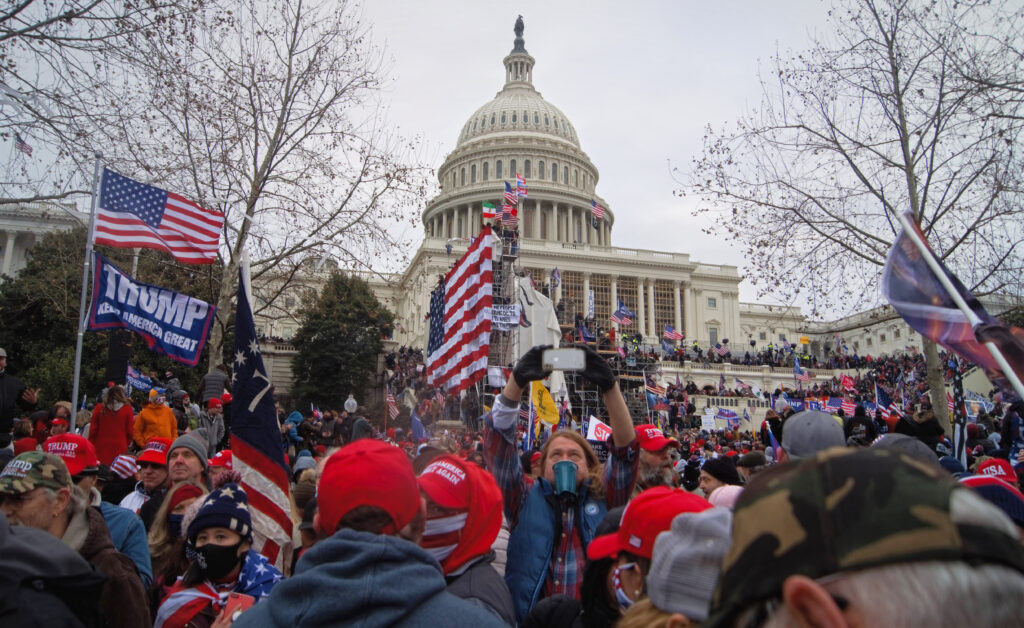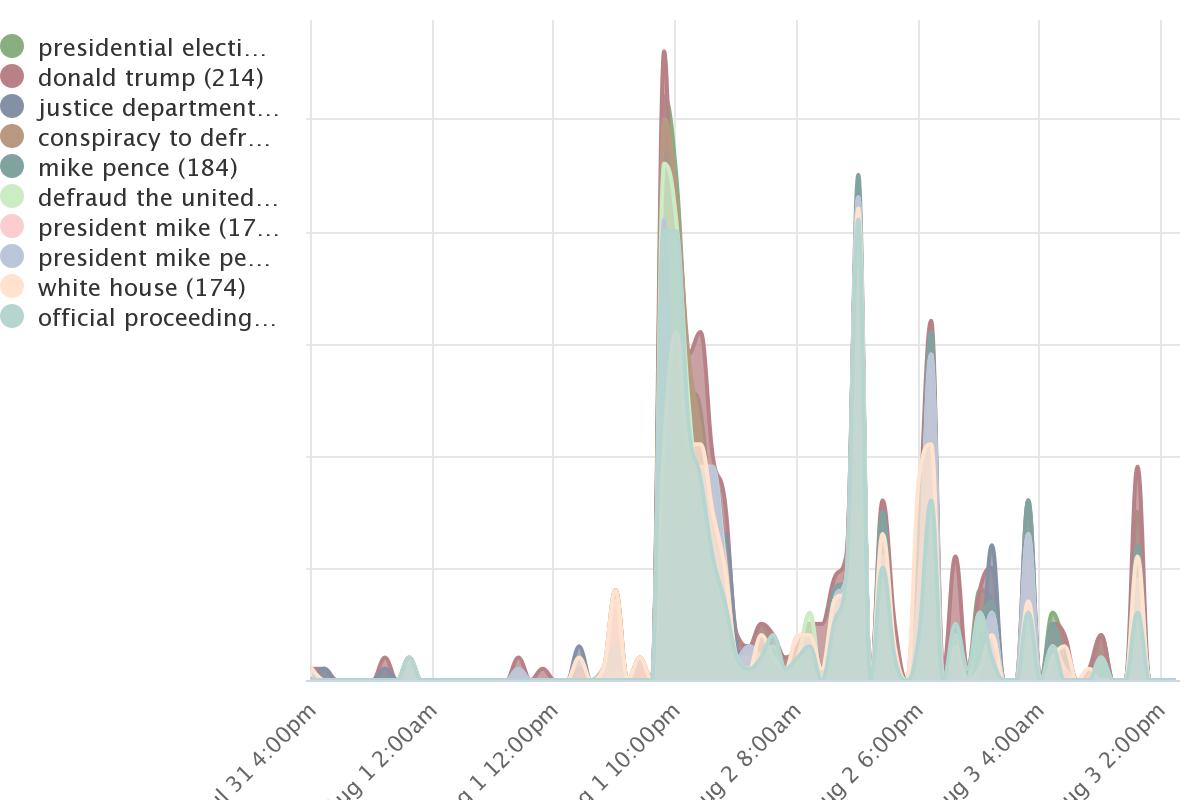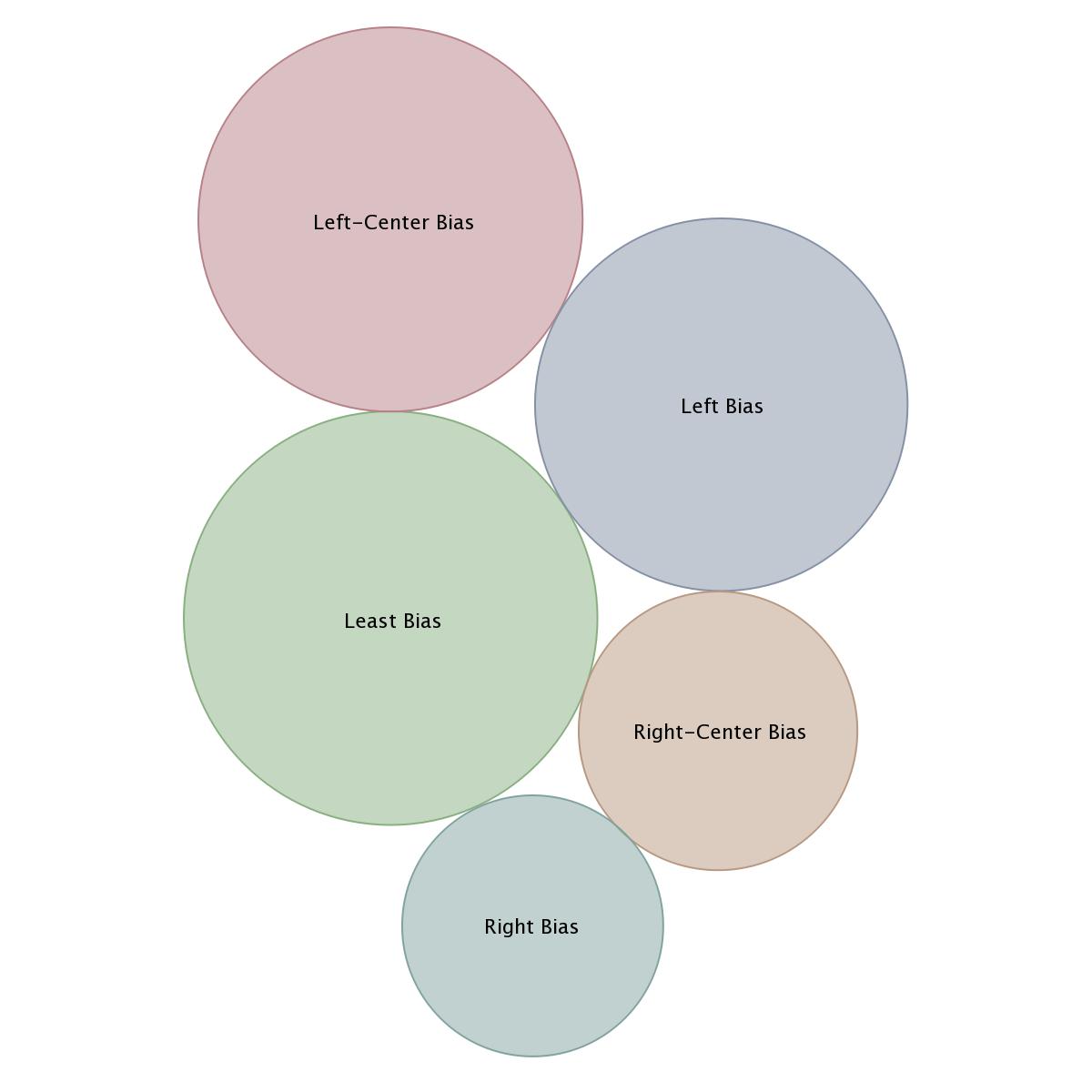
Donald Trump has been indicted on four felony charges related to his attempts to interfere with the 2020 Presidential Election and the transition of power to Joe Biden. The indictment alleges that Trump organized alternate slates of electors in seven states, including Pennsylvania, in an effort to cast votes for himself. There are also charges related to claims that he made false statements of fraud and attempted to subvert the election results. Trump's legal team is characterizing the indictment as an attack on his right to free speech, but some experts argue that the case is about his efforts to undermine the election rather than his lies. The indictment marks a historic moment in U.S. history, as it is the first time a former president has faced criminal charges for actions related to an election. The case against Trump is ongoing, and he is scheduled to go to trial in Florida in May 2024.
The indictment against Donald Trump centers around his actions during the 2020 Presidential Election. Trump allegedly organized alternate slates of electors in seven states, including Pennsylvania, in an attempt to cast votes for himself. The Department of Justice has labeled this as one of three conspiracies enacted by Trump to halt the transition of power to Joe Biden. Pennsylvania is specifically referenced multiple times in the indictment, highlighting its significance in the election interference. The indictment marks a historic moment in U.S. history, as it is the first time a former president has faced criminal charges for actions related to an election.
Donald Trump's is accused of attempting to interfere with the 2020 Presidential Election were aimed at halting the transition of power to Joe Biden. The indictment alleges that Trump organized alternate slates of electors in seven states, including Pennsylvania, in an effort to cast votes for himself and subvert the election results.
One of the key tactics prosecutors accuse Trump of was his attempts to interfere with the 2020 Presidential Election was the organization of alternate slates of electors in seven states, including Pennsylvania. These alternate slates were intended to cast votes for Trump and challenge the legitimacy of the official electors. The indictment against Trump highlights the significance of these alternate slates in his efforts to subvert the election results. The case against Trump is ongoing, and he is scheduled to go to trial in Florida in May 2024.
The indictment against Trump alleges that he spread misinformation about the election in an effort to undermine its legitimacy. By casting doubt on the integrity of the election, Trump is accused of trying to subvert the will of the voters and maintain his hold on power.
In our analysis of the top surfaced keywords in the current narrative landscape, we have identified several key terms that appear frequently. Here are some insights on these keywords and their relation to the competing narratives:
These surfaced keywords reflect the ongoing discussions and debates surrounding the presidential election and its aftermath. They provide insights into the various narratives and perspectives that shape the current discourse.

U.S. Media
A comparative analysis on the numerical differences in media coverage across political leaning reveals interesting insights. Left-leaning sources, including left-center and left bias, have the highest percentage of coverage with a total of 277, which is more than double the coverage of right-leaning sources. Left-center bias has the highest coverage with 132, followed closely by left bias with 124. Right-leaning sources, including right-center and right bias, have a total coverage of 136, which is less than half of the coverage of left-leaning sources. Right-center bias has the highest coverage with 72, while right bias has the lowest coverage with 64. These findings highlight the imbalance in media coverage and the potential for bias in the U.S. media landscape.
Analysis:
The numerical differences in media coverage across political leaning indicate a significant disparity in the representation of different perspectives. Left-leaning sources dominate the media landscape with more than double the coverage compared to right-leaning sources. This suggests a potential bias towards left-leaning narratives in the U.S. media. Our Narrative Intelligence provides valuable insights into these biases, allowing us to better understand the impact of our Narrative Technology on shaping public opinion. By recognizing and addressing these biases, we can strive for a more balanced and inclusive media environment.

U.S. Media
Note: Kudzu Narrative Intelligence briefs update every few hours. Very likely, the Narrative Analysis data visualization depicted in the graphic above will have changed as well.
Image Credit for Article Header: Tyler Merbler from USA, CC BY 2.0, via Wikimedia Commons